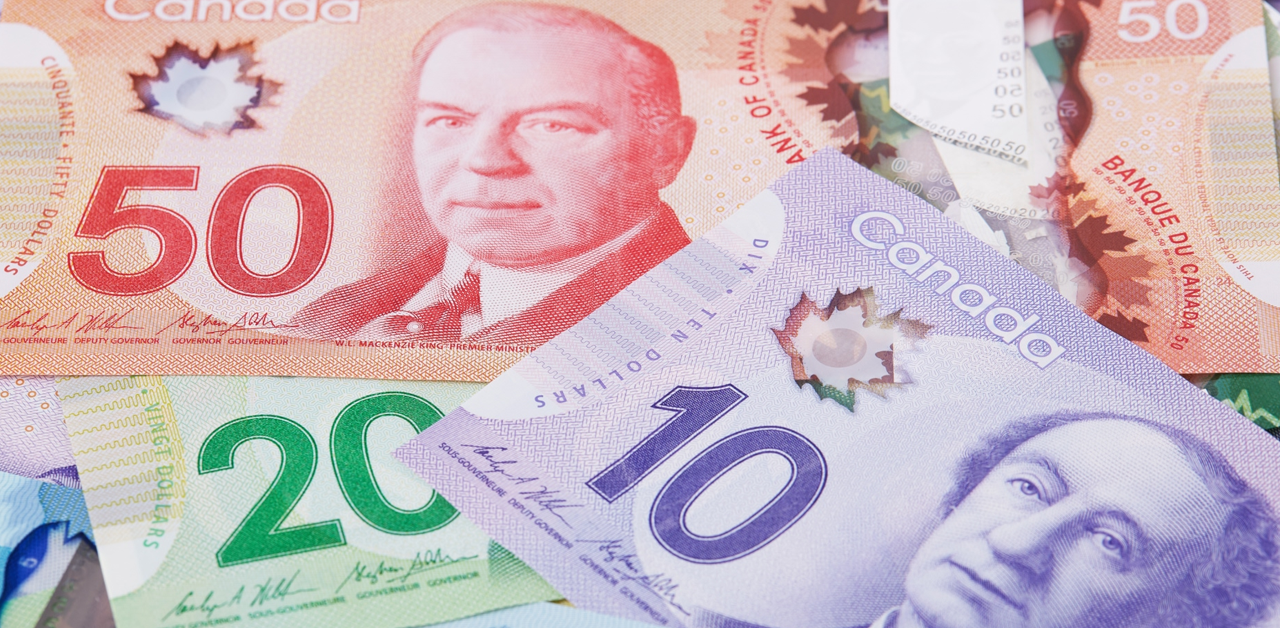EUR/USD towards 1.1305 as threat of Russian aggression grows heavier
EUR/USD rallies early in the day as risk appetite fades with major Asian indexes printed in red. The EUSCI’s broadest index of Asia-Pacific shares outside Japan fell 0.2 percent, while Japan’s Nikkei index lost 2.5 percent. At 1.1353, the Euro is now steady on the day against the US Dollar after correcting a significant portion of Friday’s sell-off to a high of 1.1369. A tumultuous start to the week following last week’s alarming US inflation figures combined with the threat of Russia’s invasion of Ukraine. US President Joe Biden and Russian President Vladimir Putin spoke by phone for an hour on Saturday about what many see as a last-ditch effort to repel Russia’s invasion of Ukraine.
However, the call brought no fundamental change to the deepening crisis, although the United States and Russia agreed to remain engaged in the coming days, according to a senior US official, who spoke on condition of anonymity reported to journalists. The official also told reporters that “Russia may decide to take military action anyway.”
Meanwhile, there is speculation that the Federal Reserve could raise interest rates by 50 basis points in March with talk of an emergency hike between meetings. That was boosted in part by the timing of the Fed board’s caucus on Monday, even though the event was supposed to be routine. However, not all members of the Fed sing from the same hymn. While Hawk and St. Louis Fed James Bullard debates 50 basis point hike at March meeting, San Francisco Fed President Mary Daly down played the need for a half point move in an interview on Sunday . Daly thinks being too “brutal and belligerent” politically can backfire.
Fed President James Bullard will be in the spotlight late Monday, with his recent calls for a more aggressive stance by the Fed, meaning a 100 basis point tightening in June. As for the other events of the week, minutes of the Federal Open Market Committee meeting will be released and traders will keep an eye on discussions regarding short-term policy plans. Analysts at TD Securities explained that the market will be eyeing balance sheet normalization plans, following the announcement of the “principles” for normalization in January data, the added the analyst. The market will then turn to US retail sales, where an improvement from December’s sharp drop could support the US dollar. As illustrated, the euro is on the back foot again, capped through the 38.2% ratio, so far, which leaves the emphasis on the downside and prospects of a bearish extension of the broader trend. 1.1305 serves as potential support below current lows.











